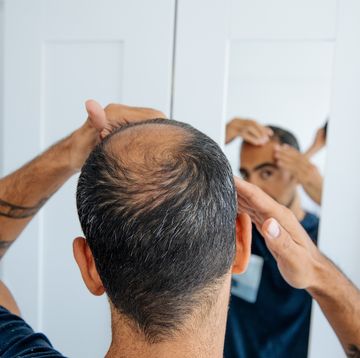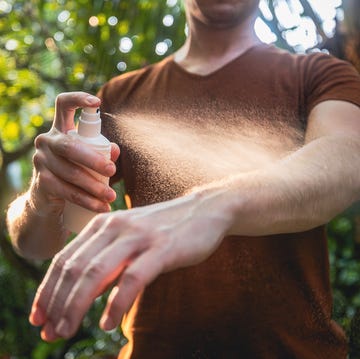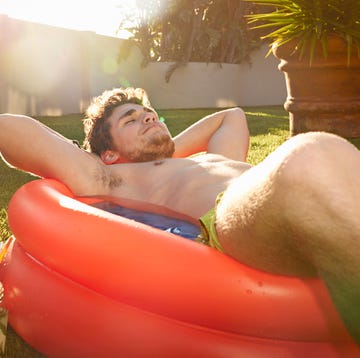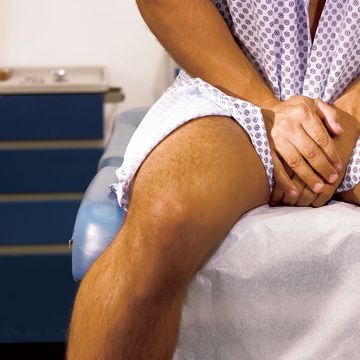More than a million cases of skin cancer occur each year in the United States, including 60,000 cases of deadly malignant melanoma. Skin cancers tend to target people ages 50 and older, but the damage is largely done when victims are in their 20s and 30s. "Every photon of light can lead to a wrinkle, brown spot, or cancer," says William Heimer, M. D., a board-certified dermatologist in San Diego. "Protecting your skin should be an everyday thing, like brushing your teeth." (Learn how to fix the 11 most common skin problems here). Protect yourself against skin cancer with these tips.
Watch the Clock
It takes only five moderate sunburns throughout your lifetime to double your melanoma risk. So be sure to wear sun protection between 10 a. m. and 4 p. m., when the sun's more potent UVB rays are strongest, says Adnan Nasir, M. D., a clinical professor of dermatology at the University of North Carolina.
Double Your Protection
"When applying sunblock, imagine you're painting a wall," says Dr. Nasir. "You need two coats, and you want to make sure every inch is covered." Apply it 20 minutes before you go out and again every 2 hours, or each time you sweat or towel off after a swim. We like La Roche-Posay Anthelios SPF 40 sunscreen ($30, laroche-posay.us), because it provides complete protection from UVA and UVB rays, and contains Mexoryl SX, a compound that won't degrade as quickly in sunlight.
Dress Defensively
"A regular T-shirt has an SPF of about 5," says Dr. Heimer. "That means a lot of UV light is filtering through." If you're planning to be outside between 10 a. m. and 4 p. m.—for a round of golf, say—wear clothing with built-in SPF. (Find cool styles at sundayafternoons.com.)
Or sprinkle a laundry aid like SunGuard into your wash. It increases clothing's SPF to 30.
Save Your Face
"Wear at least an SPF 15 sunblock on your face every day," advises Dr. Nasir. That includes cloudy days. "UVA rays easily penetrate clouds, glass, and most windows," he says. And although these rays won't leave you crispy the way UVB light can, they penetrate the skin more deeply. "Many years of UVA damage is equivalent to a few years of UVB damage," he says.
Stay Out of the Tanning Booth
A visit to the fake 'n' bake nearly triples the risk of squamous-cell carcinoma, and almost doubles your risk of basal-cell carcinoma. "Sunlight has a mix of rays, but tanning beds contain mostly UVA rays," says Dr. Nasir. "Fifteen minutes is like 4 hours in the July sun."
Do You Have Skin Cancer?
One in 41 men will eventually develop melanoma, but don't fret. "Early detection is difficult with any other organ in the body, but you can spot skin cancer yourself," says Adnan Nasir, M.D., a clinical professor of dermatology at the University of North Carolina. Use this complete guide to skin cancer detection between annual appointments with your dermatologist.
Because skin cancer is right on the surface, there are a variety of treatments and a high cure rate when caught early. Learn how to spot the three types of skin cancer—and what you can do—with this complete guide to treatment.













